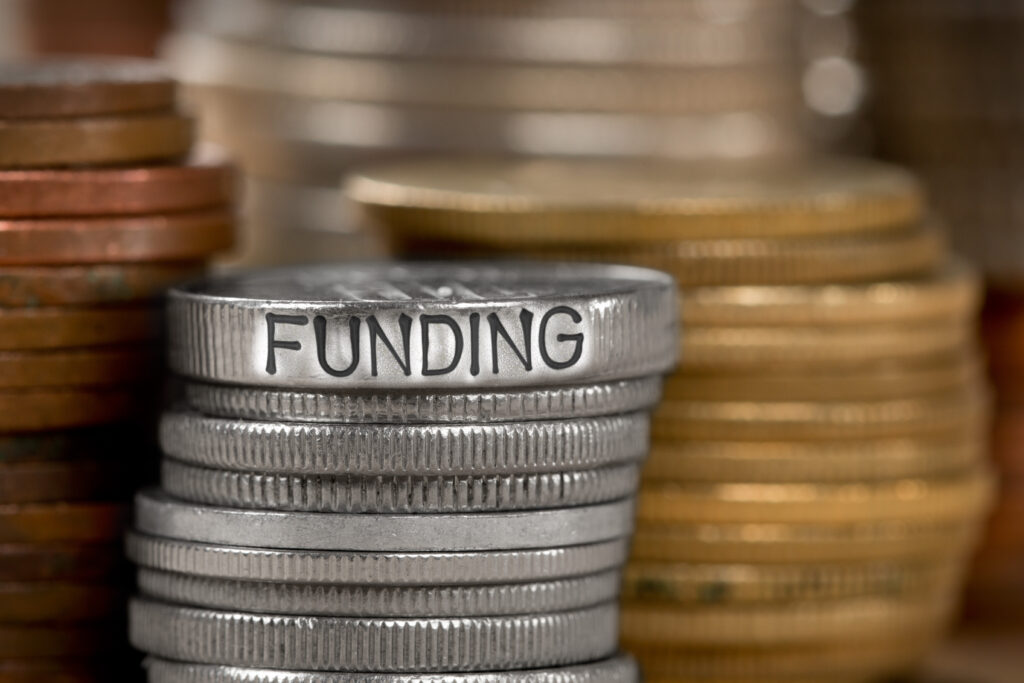Rejection from a funding opportunity can weigh heavily on an organization, especially if you do not know why. While some funders will give you feedback, others will not. Feedback is helpful in the organization positioning itself for further funding, but how often do you hear a funder say the organization is a high risk?
A high-risk organization can be described as an organization that a funder feels will not be able to carry out the mission. This determination can result from interactions the funder has with the organization through the funding process.
Financial Instability
An organization’s financial documents can tell a story about its financial health. When funders request these documents, they will be able to determine if the organization has inconsistent revenue streams, poor financial management practices, or the ability to sustain the organization’s operations. If a funder finds the financial health of the organization not up to par, it may cause them to believe an investment in the organization may not be worth the amount requested.
As an organization, you want to ensure that the financial documents of the organization can project positive financial practices that will utilize the funding effectively.
Lack of Accountability and Transparency
Funders want to ensure that their contributions are being used appropriately and effectively. For an organization, this means you need to have clear accountability and transparency measures in place. Most documents of the organization are public documents; therefore, funders and other supporters can see how the organization is being managed. Items that a funder would look for are regular financial audits, a clear governance structure, and transparent reporting practices that show the organization meets the threshold of transparency. If your organization does not have, at least, the items listed, it can be a determining factor for a funder to consider the organization high risk.
Being accountable and transparent means showing the good and the not-so-good parts of the organization. This allows the organization to build trust because people will feel you have nothing to hide.
Operational Inefficiencies
Assurance of meeting an intended outcome is a high priority for a funder. If the organization’s operations lack strategic planning or have inefficient use of resources, it will highlight to the funder that the internal practices of the organization lack a stable and sustainable foundation to work with. Without a stable foundation, the funder may consider the organization high risk.
Policies and procedures can help strengthen an organization’s internal operation, creating an effective and efficient pathway to meeting its outcomes.
Leadership or Staff Turnover
Frequent changes in the Leadership or staff can affect the trust donors have in the organization. Consistent leadership adds to the stable nature of an organization which makes them more reliable not just to the community but to donors as well. High turnover rates would be a red flag for donors and reduce an organization’s chance of funding.
High turnover rates can mean the organization needs to re-evaluate its recruitment and retention process. A great way to start is by speaking to the leadership or staff that are leaving and finding out why. Their reasons may give insight into how changes can be made.
Lack of Impact Measurement
Measuring impact is a key component for an organization to illustrate its success. It shows how well their programs are doing and the changes created by their impact. An organization that has no system for tracking its’ impact will not be able to translate its success to its donors or the community. Donors want to know that their investments are going toward fulfilling the outcome of the organization’s program but without measuring the impact, the organization has no data to prove it.
A great way to gather data from the program is to create benchmarks within the program that cause the organization to review and analyze what they have done so far. This allows the organization to adjust parts that aren’t working or revise the process for collecting data.
Conclusion
As an organization, you must continue to assess and build the organization internally ensuring its health in areas of leadership, finance, impact, and operations. The continuance assessment will keep the organization abreast of things needed to reduce their chances of being high risk to a funder.
As consultants, BryteBridge Nonprofit Solutions is here to help you navigate this journey and unlock your nonprofit’s full potential. For more information, join BryteBridge Connect Membership for Live Bootcamps, Webinars, and classes. Speak to a BryteBridge Consultant today by calling 877-857-9002.



